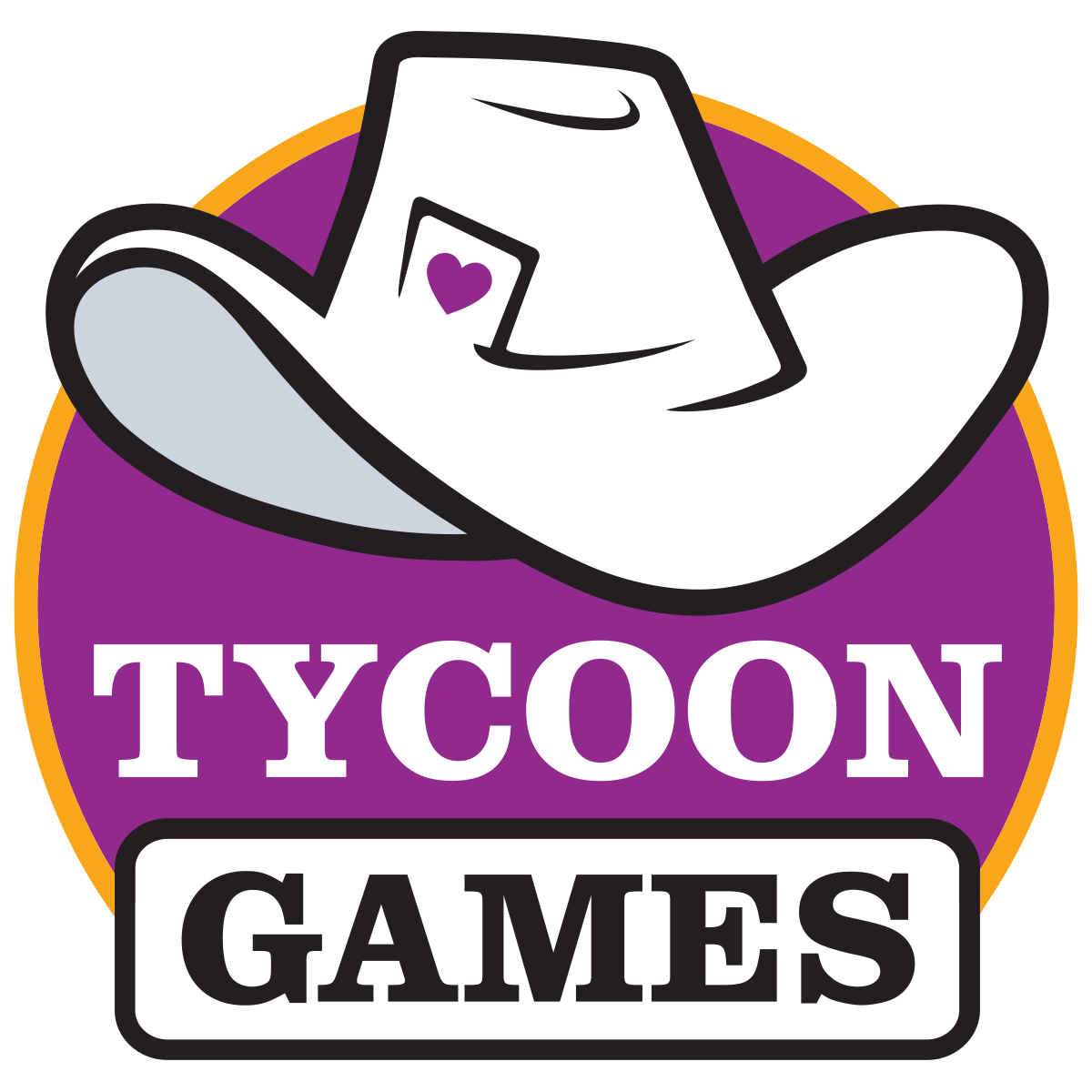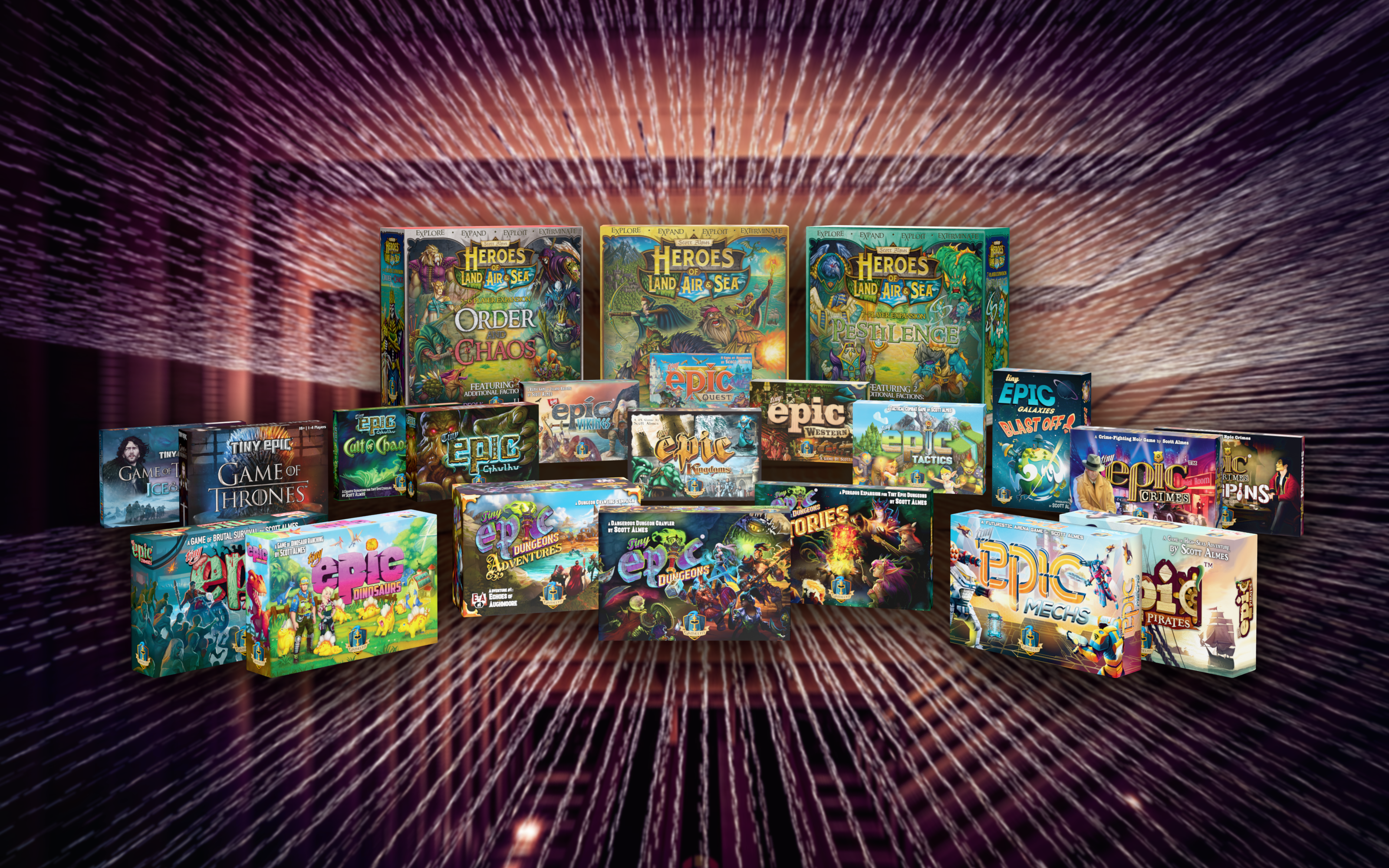Visit Tycoon Games for All Gamelyn Product!
Thank you for visiting Gamelyn Games! Our website is no longer, but don’t worry — you can still explore and purchase Gamelyn products through the Tycoon Games website!
Any pending orders are being processed by Tycoon Games.

